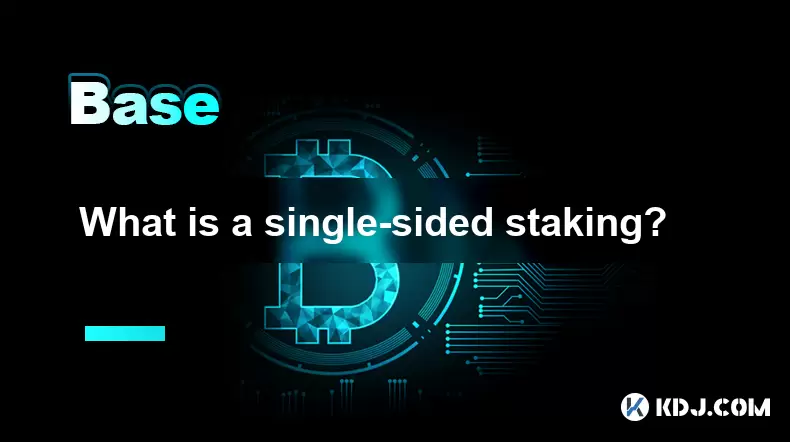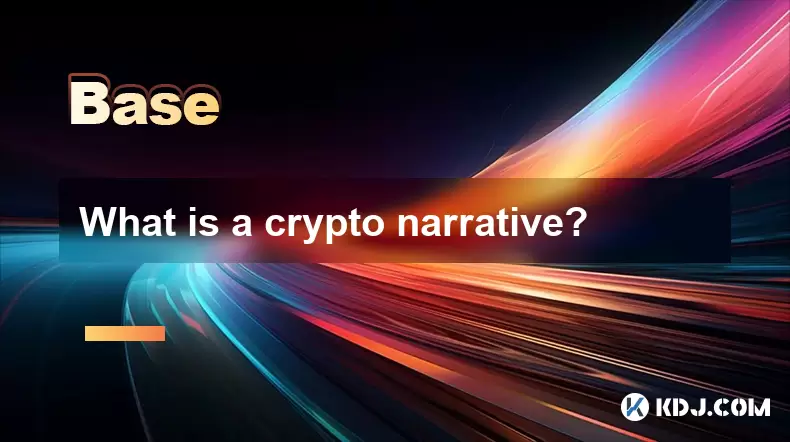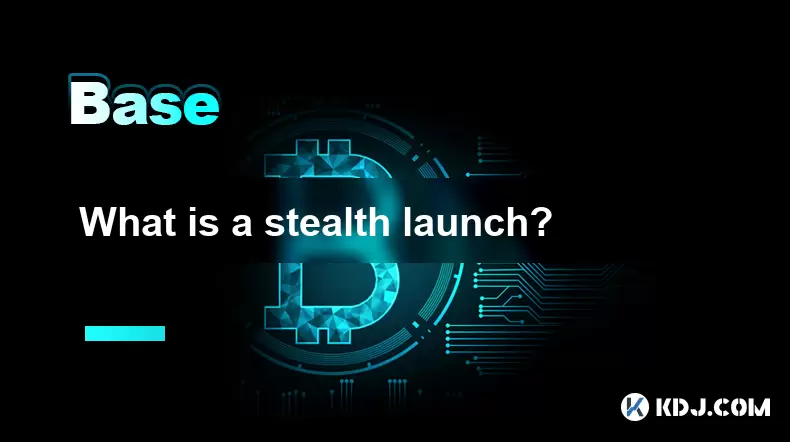-
 Bitcoin
Bitcoin $107,810.8710
-1.45% -
 Ethereum
Ethereum $2,531.4386
-1.75% -
 Tether USDt
Tether USDt $1.0000
-0.03% -
 XRP
XRP $2.2542
-0.99% -
 BNB
BNB $659.1350
-0.50% -
 Solana
Solana $148.5456
-2.40% -
 USDC
USDC $0.9999
-0.02% -
 TRON
TRON $0.2868
-0.44% -
 Dogecoin
Dogecoin $0.1666
-3.65% -
 Cardano
Cardano $0.5751
-2.36% -
 Hyperliquid
Hyperliquid $37.6845
-5.51% -
 Bitcoin Cash
Bitcoin Cash $494.9448
-0.65% -
 Sui
Sui $2.8396
-3.31% -
 Chainlink
Chainlink $13.2423
-2.59% -
 UNUS SED LEO
UNUS SED LEO $9.0482
0.02% -
 Stellar
Stellar $0.2467
-2.44% -
 Avalanche
Avalanche $17.8165
-3.63% -
 Shiba Inu
Shiba Inu $0.0...01158
-2.41% -
 Toncoin
Toncoin $2.7397
-3.42% -
 Hedera
Hedera $0.1560
-2.73% -
 Litecoin
Litecoin $85.8559
-2.34% -
 Monero
Monero $315.3710
-2.30% -
 Dai
Dai $1.0001
0.00% -
 Polkadot
Polkadot $3.3443
-2.03% -
 Ethena USDe
Ethena USDe $1.0001
0.01% -
 Bitget Token
Bitget Token $4.2888
-3.73% -
 Uniswap
Uniswap $7.3388
-1.57% -
 Aave
Aave $278.2986
-3.05% -
 Pepe
Pepe $0.0...09807
-3.67% -
 Pi
Pi $0.4563
-2.39%
What is a single-sided staking?
Single-sided staking lets users earn DeFi rewards by staking just one token, avoiding impermanent loss and simplifying liquidity provision.
Jul 08, 2025 at 03:28 am

Understanding Single-Sided Staking in Cryptocurrency
Single-sided staking is a relatively new concept in the decentralized finance (DeFi) space that allows users to stake only one type of token instead of requiring two tokens to provide liquidity, as seen in traditional automated market maker (AMM) models. This method simplifies the process for investors who want to earn yield without exposing themselves to impermanent loss, which often occurs when providing liquidity with paired assets.
In conventional DeFi platforms like Uniswap or SushiSwap, liquidity providers (LPs) must deposit equal value of two different tokens into a liquidity pool. However, this exposes them to price volatility risks and potential losses if the price ratio between the two assets changes significantly. In contrast, single-sided staking eliminates this risk by allowing users to stake only one asset while still earning rewards.
How Does Single-Sided Staking Work?
The mechanism behind single-sided staking typically involves protocols using innovative methods such as algorithmic market makers (AMMs), synthetic assets, or bonding mechanisms to enable single-asset participation. These systems allow the platform to absorb or hedge the other side of the liquidity requirement internally or through third-party integrations.
One common approach used by some DeFi protocols is the issuance of bond tokens or receipt tokens representing the user's deposited asset. These receipt tokens can then be used for additional yield farming or governance purposes. The protocol may also use liquidity pools backed by insurance funds or partner with other DeFi projects to maintain balance on the other side of the staked asset.
Some platforms utilize stablecoin pegging or wrapped tokens to simulate the second asset in the pair, ensuring that users do not face the complexities of managing dual-token exposure.
Popular Platforms Offering Single-Sided Staking
Several DeFi protocols have embraced single-sided staking to attract more retail investors and reduce entry barriers. Notable platforms include:
- OlympusDAO: Users can stake OHM tokens directly without needing to pair them with another asset. The protocol uses a bonding system where users can purchase bonds using various tokens, while existing holders can stake their OHM to earn rebase rewards.
- Tokemak: A decentralized liquidity generation protocol where users can deposit single assets into specific "reactors" to help direct liquidity to various DeFi pools.
- Inverse Finance: Allows users to stake DOLA, its stablecoin, directly to earn yield without pairing it with another token.
- Lido Finance: While primarily known for ETH staking, Lido offers a form of single-sided staking by allowing users to deposit ETH and receive stETH in return, which can be used across DeFi without needing to pair it with another token.
These platforms showcase how single-sided staking is being implemented in diverse ways to improve capital efficiency and reduce complexity.
Benefits of Single-Sided Staking
The primary advantage of single-sided staking is the elimination of impermanent loss, a major concern for many liquidity providers. Since users are only depositing one asset, they avoid the risk associated with fluctuating token ratios within a liquidity pool.
Another benefit is increased accessibility for newcomers and small-scale investors who may not hold multiple tokens required for traditional liquidity provision. By reducing the barrier to entry, single-sided staking encourages broader participation in DeFi ecosystems.
Additionally, this model improves capital efficiency because users don’t need to split their holdings between two assets. It also enables better portfolio diversification, as individuals can stake different assets across various platforms without worrying about balancing pairs.
Risks and Considerations
Despite its advantages, single-sided staking is not without risks. One significant concern is protocol risk, especially if the platform lacks transparency or has not undergone thorough audits. Smart contract vulnerabilities could lead to fund loss, regardless of the staking model.
Another issue is reward sustainability. Some platforms offering high yields through single-sided staking may rely on inflationary tokenomics that can devalue returns over time. Investors should carefully assess the token emission schedule and rewards structure before participating.
Also, certain single-sided staking models may involve locked-up assets for a set period or require users to wait for bond vesting periods to complete before accessing their principal. This lack of liquidity can be a drawback for traders who prefer flexibility.
Lastly, regulatory uncertainty remains a factor. As governments continue to scrutinize DeFi activities, single-sided staking may fall under new compliance requirements depending on jurisdiction.
How to Participate in Single-Sided Staking
To begin single-sided staking, follow these steps:
- Choose a reputable DeFi platform that supports single-sided staking
- Connect your wallet (e.g., MetaMask, Trust Wallet)
- Approve token usage for staking
- Deposit the desired amount of the supported token
- Confirm the transaction and monitor reward accrual
Detailed tutorials for each platform may vary slightly, so always refer to the official documentation or community guides. Ensure you understand any withdrawal delays, lock-up periods, or claim procedures involved in the process.
Frequently Asked Questions (FAQ)
Q: Is single-sided staking available for all cryptocurrencies?
A: No, single-sided staking is currently limited to specific tokens supported by individual DeFi protocols. Each platform determines which assets are eligible based on their architecture and liquidity needs.
Q: Can I unstake my tokens anytime in single-sided staking?
A: It depends on the platform. Some protocols allow instant unstaking, while others impose lock-up periods or require waiting for bond vesting before full withdrawal is possible.
Q: Are there tax implications for single-sided staking rewards?
A: Yes, staking rewards are generally considered taxable income in many jurisdictions. Always consult a tax professional or review local regulations to ensure compliance.
Q: How does single-sided staking differ from traditional staking?
A: Traditional staking typically refers to securing a proof-of-stake blockchain network, while single-sided staking relates to DeFi-based yield generation without requiring paired liquidity deposits.
Disclaimer:info@kdj.com
The information provided is not trading advice. kdj.com does not assume any responsibility for any investments made based on the information provided in this article. Cryptocurrencies are highly volatile and it is highly recommended that you invest with caution after thorough research!
If you believe that the content used on this website infringes your copyright, please contact us immediately (info@kdj.com) and we will delete it promptly.
- Bitcoin's Bullish Volatility: Traders Bet on a Q3 Surge
- 2025-07-08 13:10:12
- Meme Coins 2025: Presale Surge and ETF Hopes?
- 2025-07-08 12:30:11
- Gate.io, Pump.fun, and the Mysterious Token Sale: What's the Deal?
- 2025-07-08 12:30:11
- Bitcoin Price Decline: Navigating Support Levels Amid Market Uncertainty
- 2025-07-08 13:15:12
- Pi Coin Price Prediction Today: Is a Breakout Imminent?
- 2025-07-08 12:50:11
- XRP, Breakout, and Altcoins: Navigating the Crypto Rollercoaster
- 2025-07-08 12:50:11
Related knowledge

What is a user-generated content (UGC) NFT platform?
Jul 04,2025 at 01:49pm
Understanding the Concept of a UGC NFT PlatformA user-generated content (UGC) NFT platform is a digital marketplace or ecosystem where users can create, mint, and trade non-fungible tokens (NFTs) that represent ownership of original digital content they produce. Unlike traditional NFT platforms where creators often include professional artists or develo...

What is composability in DeFi?
Jul 06,2025 at 04:07pm
Understanding the Concept of Composability in DeFiComposability in DeFi refers to the ability of decentralized finance protocols and smart contracts to interact seamlessly with one another, much like building blocks that can be combined in various ways to create new financial products and services. This concept is a core innovation within the DeFi ecosy...

What is a "crypto primitive"?
Jul 05,2025 at 10:14pm
Defining the Concept of a Crypto PrimitiveIn the context of blockchain and cryptocurrency, a crypto primitive refers to a fundamental building block or foundational element used in constructing decentralized systems and cryptographic protocols. These primitives are essential for enabling secure transactions, consensus mechanisms, and smart contract exec...

What is a crypto narrative?
Jul 07,2025 at 10:56pm
Defining the Concept of a Crypto NarrativeA crypto narrative refers to the overarching story or theme that drives interest, investment, and development within a particular segment of the cryptocurrency market. Unlike traditional financial assets, cryptocurrencies often gain momentum not solely based on technical merits but through compelling narratives ...

What is a stealth launch?
Jul 08,2025 at 06:42am
What Exactly Defines a Stealth Launch in Cryptocurrency?A stealth launch refers to the practice of launching a cryptocurrency project without prior public announcement or marketing efforts. This method is often used by development teams who prefer to keep their project under wraps until it reaches a certain level of maturity, adoption, or liquidity. Unl...

What is a fair launch?
Jul 05,2025 at 07:31pm
Understanding the Concept of a Fair LaunchA fair launch refers to the release of a cryptocurrency or blockchain project in a manner that ensures equal opportunity for all participants. Unlike traditional token launches, which may involve private sales, venture capital funding, or pre-mining, a fair launch emphasizes transparency and decentralization. In...

What is a user-generated content (UGC) NFT platform?
Jul 04,2025 at 01:49pm
Understanding the Concept of a UGC NFT PlatformA user-generated content (UGC) NFT platform is a digital marketplace or ecosystem where users can create, mint, and trade non-fungible tokens (NFTs) that represent ownership of original digital content they produce. Unlike traditional NFT platforms where creators often include professional artists or develo...

What is composability in DeFi?
Jul 06,2025 at 04:07pm
Understanding the Concept of Composability in DeFiComposability in DeFi refers to the ability of decentralized finance protocols and smart contracts to interact seamlessly with one another, much like building blocks that can be combined in various ways to create new financial products and services. This concept is a core innovation within the DeFi ecosy...

What is a "crypto primitive"?
Jul 05,2025 at 10:14pm
Defining the Concept of a Crypto PrimitiveIn the context of blockchain and cryptocurrency, a crypto primitive refers to a fundamental building block or foundational element used in constructing decentralized systems and cryptographic protocols. These primitives are essential for enabling secure transactions, consensus mechanisms, and smart contract exec...

What is a crypto narrative?
Jul 07,2025 at 10:56pm
Defining the Concept of a Crypto NarrativeA crypto narrative refers to the overarching story or theme that drives interest, investment, and development within a particular segment of the cryptocurrency market. Unlike traditional financial assets, cryptocurrencies often gain momentum not solely based on technical merits but through compelling narratives ...

What is a stealth launch?
Jul 08,2025 at 06:42am
What Exactly Defines a Stealth Launch in Cryptocurrency?A stealth launch refers to the practice of launching a cryptocurrency project without prior public announcement or marketing efforts. This method is often used by development teams who prefer to keep their project under wraps until it reaches a certain level of maturity, adoption, or liquidity. Unl...

What is a fair launch?
Jul 05,2025 at 07:31pm
Understanding the Concept of a Fair LaunchA fair launch refers to the release of a cryptocurrency or blockchain project in a manner that ensures equal opportunity for all participants. Unlike traditional token launches, which may involve private sales, venture capital funding, or pre-mining, a fair launch emphasizes transparency and decentralization. In...
See all articles

























































































